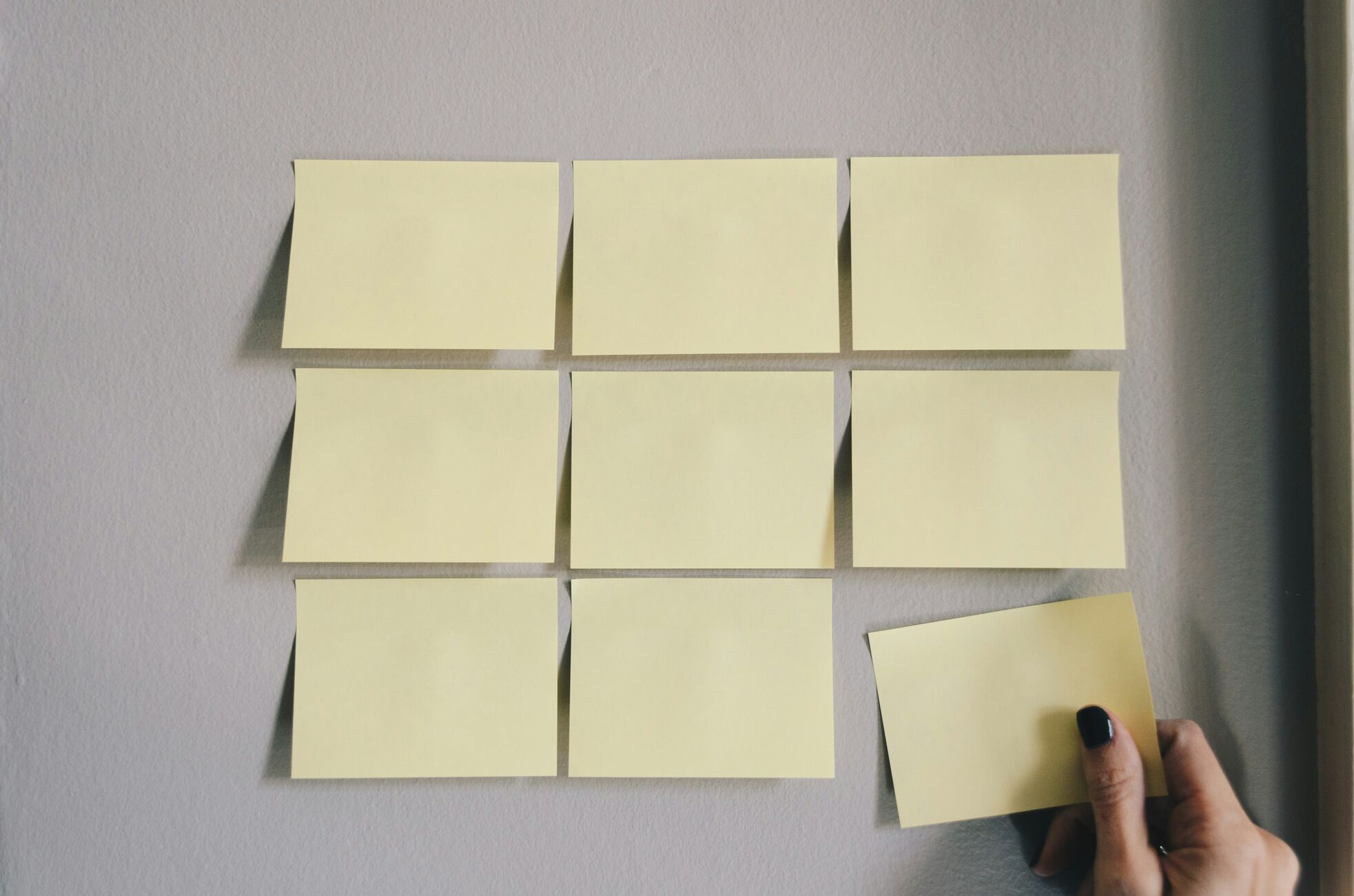Mnemonics are a great tool to memorizing large amounts of information quickly. Here are a couple I used to answer some questions on the DAT and OAT:
Cell Division / Cell Biology
Cell Replication Phases = I Pee on a MAT
- I = Interphase
P = Prophase
M = Metaphase
A = Anaphase
T = Telophase
Metaphase = “M” = Middle
- All chromosomes line up in the middle of the cell at the metaphase Plate
Anaphase = “A” = Apart
- Sister chromatids are pulled Apart
Pyrimidines = CUT the PYE (pyrimidine)
- C = Cytosine
U = Uracil
T = Thymine
Purines = Pure (purine) Silver (Ag)
- A = Adenine
G = Guanine
Ion Movement Across a Membrane = Salted Bananas
- 3 Sodium ions (“salt”) flow out of the cell and 2 Potassium ions (“bananas”) into the cell
Central Dogma = Roast Turkey Later
- R = Replication
T = Transcription
L = transLation
Anatomy & Physiology
Sequence of the Small Intestine = The small intestine “Don’t Just Injest”
- D = Duodenum
J = Jejunum
I = Ileum
COPS = Four Types of Myelinated Cells in the Nervous System
- Central NS: Oligodendrocytes
Peripheral NS: Schwann Cells
Epidermis Layers = Come Lets Get Sun Burned
- C = Corneum
L = Lucidum
G = Granulosum
S = Spinosum
B = Basal
Liver Functions = PUSH DoG
- P = Protein synthesis
U = Urea synethesis
S = Storage
H = Hormone synthesis
D = DetOxification
G = Glucose and fat metabolism
Afferent vs. Efferent Neurons = SAME DAVE
- S, A= Sensory, Afferent
M, E = Motor, Efferent
D, A = Dorsal, Afferent
V, E = Ventral, Efferent
FLAT PEG = Hormones secreted by the Anterior Pituitary
- F = Follicle stimulating hormone
L = Luteinizing hormone
A = ACTH
T = Thyroid stimulating hormone
P = Prolactin
E = Endorphins
G = Growth hormone
Calcitonin/Parathyroid Differentiation
- CalciTONin = “Tone it down” = Decrease in blood calcium
Parathyroid is the opposite
Taxonomy
Four Chordate Features = Do Not Pinch People
- D = Dorsal hollow nerve cord
N = Notochord
P = Pharyngeal gill slits
P = muscular Post-anal tail
King Phillip Came Over From Great Spain (or King Phillip Came Over For Great Soup)
- K = Kingdom
P = Phylum
C = Class
O = Order
F = Family
G = Genus
S = Species
Phylogeny
Animal Kingdom Phylums = How to remember which are acoelomates, pseudocoelomates, and coelomates = Privileged Children Play Nicely and Maturely Always Ensuring Cooperation
- P = Porifera
C = Cnidarian
P = Platyhelminthes
N = Nematoda
A = Annelida
M = Mollusca
A = Arthropoda
E = Echinodermata
C = Chordates
* Rotifers are pseudocoelomates (not included in this mnemonic)
Immunology
Order of White Blood Cell Abundance in Blood = Never Let Monkeys Eat Bananas
- N = Neutrophils (most abundant)
L = Lymphocytes
M = Monocytes
E = Eosinophils
B = Basophils (least abundant)
Evolution
Hardy-Weinberg Requirements = Large Random M&M
- L = Large population
R = Random mating
M = no Mutation
N = no Natural selection
M = no Migration
Biology Lab Techniques
Southern Northern and Western Blot = SNOW DROP
- S = Southern blot = D = DNA detection
N = Northern blot = R = RNA detection
O = –
W = Western blot = P = Protein detection
Get everything you need in one place. Start studying today for free.

















